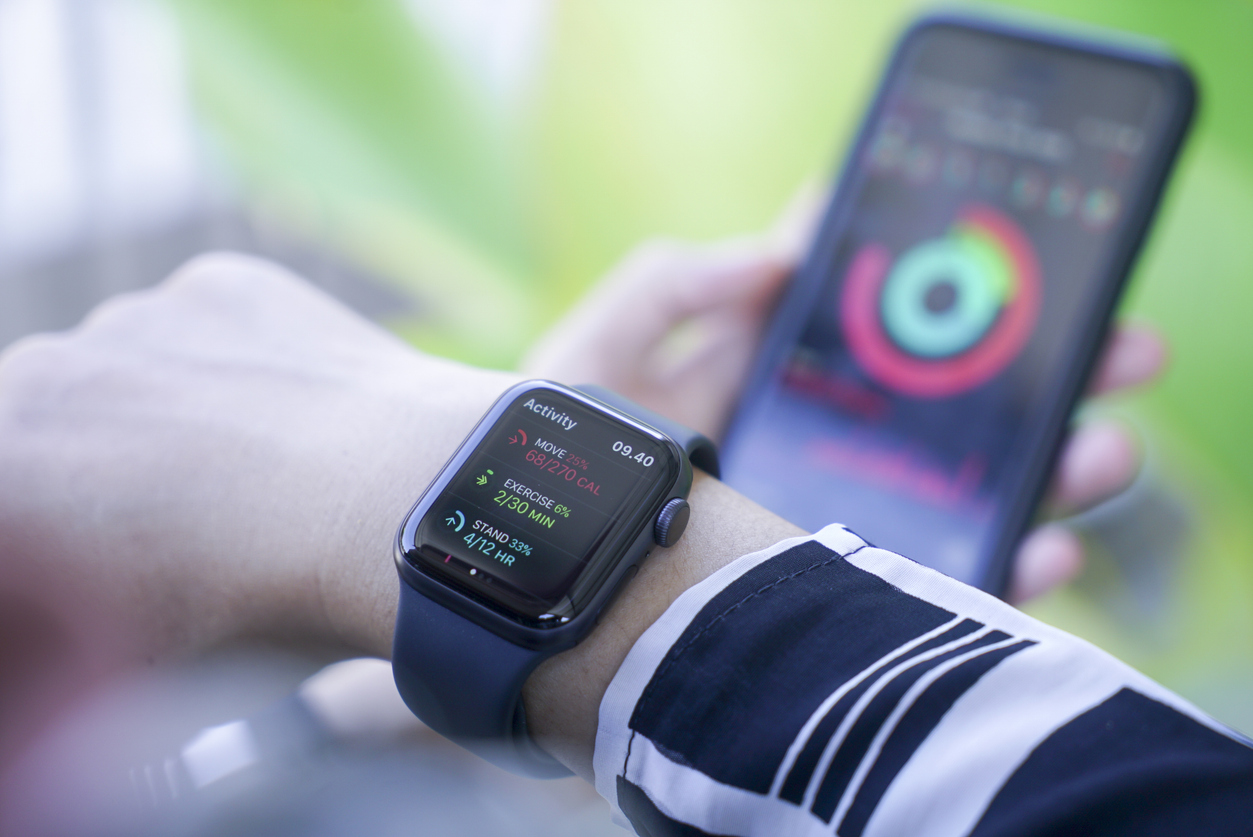Apple Faces Dual Headlines: Family Sharing Controversy and OLED Upgrades
Apple’s Family Sharing Feature Sparks Safety Debate
Apple’s Family Sharing system, long promoted as a tool to keep families connected, is now facing intense scrutiny following new reporting from WIRED. The feature, which lets one family member manage app purchases, location sharing, and screen time, is being criticized for its potential misuse in domestic and custody disputes.
Several users have come forward describing how an abusive or estranged partner can exploit the system to track family members and control access to digital devices. One mother told WIRED, “He still had access to our children’s locations, their iPads, and their screen time controls — even after we separated. It felt like he was still inside our home.”
Family law experts warn that Apple’s framework, while designed to simplify digital life, assumes a harmonious household dynamic that doesn’t always exist. Professor Claire Wardle, a digital governance specialist, commented, “When family technology assumes trust and permanence, it can quickly become a tool for manipulation rather than connection.”
The tech giant has not yet issued a formal statement on whether updates to Family Sharing will address these risks. However, the report has reignited broader conversations about how major tech firms design products that intersect with real-world power imbalances.

Apple’s Next Big Move: OLED Displays for iPads and MacBooks
While privacy concerns swirl, Apple is simultaneously pushing forward with a massive hardware transformation. According to The Verge, the company plans to expand OLED display technology across its product range — including the iPad Mini, iPad Air, and MacBook Air — by the end of the decade.
The move promises richer colors, deeper blacks, and greater power efficiency compared to traditional LCD screens. However, it also comes with a price tag. Reports suggest that the iPad Mini’s OLED version could cost around $100 more than its predecessor. MacBook Air users may have to wait until at least 2028 before seeing similar upgrades, but analysts predict Apple’s transition could redefine how portable displays perform.
Display industry analyst Ross Young said in an interview, “Apple is laying the groundwork for an all-OLED future. Once they start, the entire product line will eventually follow.”
The OLED shift is part of Apple’s long-term strategy to maintain its premium positioning while subtly increasing margins. It may also help the company differentiate itself as global competition in the tablet and laptop markets intensifies, particularly from Samsung and Microsoft.
Balancing Innovation with Trust
Apple’s juxtaposition of innovation and controversy captures the complex position of modern tech giants. On one hand, the company continues to push design and engineering boundaries. On the other, its ecosystem’s interconnectedness can unintentionally expose users to risk.
According to analysis reviewed by CEO Today, Apple’s brand value depends as much on consumer trust as on technological innovation. If the company fails to address systemic privacy gaps — especially in tools meant to safeguard families — that trust could erode.
At the same time, Apple’s commitment to next-gen hardware demonstrates its confidence in leading the market into the next era of display technology. Investors are already eyeing the OLED transition as a potential catalyst for renewed sales growth after several sluggish quarters.
The Bottom Line
Apple’s latest headlines reflect two sides of the same coin — innovation and accountability. The company’s expansion into OLED technology will likely boost its hardware appeal, but concerns over how its software handles family dynamics may test public confidence.
The next few months will be telling. If Apple responds decisively to user concerns while delivering on its OLED roadmap, it may reaffirm its position as the world’s most trusted and scrutinized technology brand.
FAQ: Apple’s Current Developments
What is Apple’s Family Sharing issue about?
The system allows one family member to control digital access across shared Apple devices. Reports show it can be misused in abusive or estranged family situations, raising privacy and safety concerns.
When will Apple launch OLED iPads and MacBooks?
Industry insiders expect OLED iPads to debut around 2026–2027, with the MacBook Air following closer to 2028, based on The Verge’s report.
How will OLED displays improve Apple devices?
OLED technology delivers better contrast, faster refresh rates, and improved energy efficiency, providing a more immersive experience albeit at a higher cost.














